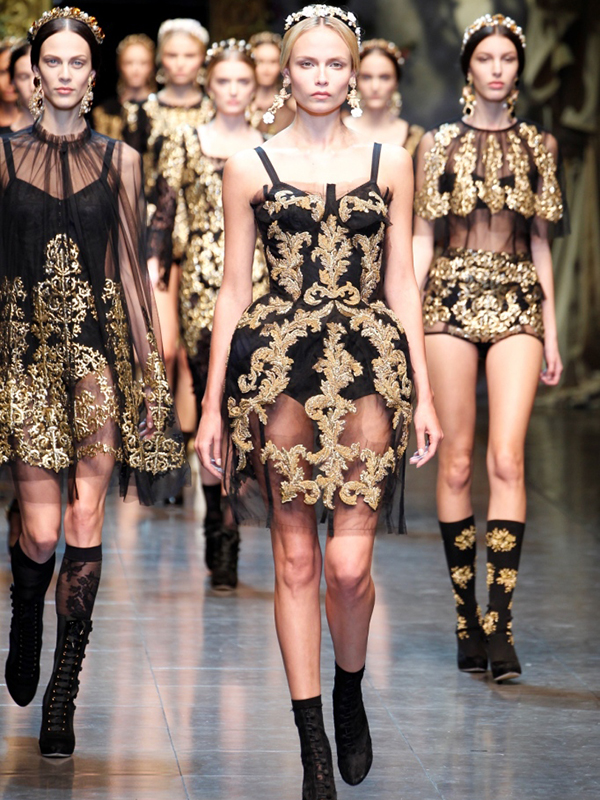I love writing about vintage shopping almost as much as I love actually vintage shopping, so imagine my absolute delight when I remembered I’d yet to cover a very important part of the thrift store experience: shoes. It’s true! You can find some pretty awesome footwear at places like Value Village, the Salvation Army and Goodwill, and if you join me on this adventure, I will tell you how. Let’s do this.
1. Wear slip-on/off shoes
For the record, this is not me telling you to wear Crocs. However this is me telling you to avoid lace-up shoes, lots of buckles, or anything that isn’t something you can literally slide on and/or off quickly. You know how tiring regular shoe shopping can become? You can multiply that by a hundred if every time you see a pair — on a rack of what feels like a million pairs — you need to sit down, unbuckle, untie, stand back up, etc. just to see if those Golden Girl-esque loafers will work with you. (And I’ve wandered around thrift stores wearing only my socks, and I can tell you right now that you will never be the same again.)
2. Wear thin socks
I mean, thinking about it seriously, do any of us not wear thin socks? This isn’t grade eight, right? As an avid buyer of bargain discount socks, I think it’s actually more expensive to buy thick socks, or so it seems when I compare prices. So basically, if you’re balling with your fancy socks, forget how fancy you are for the afternoon and wear the thinnest socks you have. Or tights! Especially if you plan on wearing said shoes with them.
3. Don’t stick to size sections
It is a lovely idea for thrift stores to categorize their footwear according to size, but if I’ve learned anything from a long time shopping and a longer time working retail, the general public makes said organization impossible. So don’t hone in only on your size. Odds are, amazing shoes are spread throughout the whole section, so start at five, end at 10, and bask in the glory of tassels and heels.
4. Keep it reasonable
There’s a trend ensuing among thrift stores as of late: the prices are rising. So while those circa-˜60s heels for $14.99 may seem like a steal, if they’re super worn, ripped on the inside, scuffed up, or just awful-looking, you’d be better to leave them behind. The same rule applies to other, more fancy vintage shops. If you see a pair of Dr. Scholl’s ˜90s heels (they exist!) for anything more than $15, you might be wise to look elsewhere: not only are they in abundance at VV and the Sally Ann, they’re no more than 20 years old, so they’re not exactly a hot commodity. (Though they are very comfortable.)
5. Can you break them in?
Can you? This is an important question to ask regardless of where you’re shoe shopping, but vintage shoes “ especially if they’re older “ can be sturdier and less willing to adapt to your feet. I say this after a pair of loafers I bought this summer literally split at the seams, and I had to walk home with my whole foot sticking out of the side (please laugh “ let one of us get some joy out of this). So odds are, if they’re uncomfortable or don’t fit, they’re just not worth it. Shoes are abundant “ you will find a cuter, better pair that won’t make you wish you could cut off your feet.
6. Make sure they work with your wardrobe
I am the worst for attempting shoes that would look great with maybe one outfit, and turn out to look beyond awful with everything else. Thus, my advice to you is this: do not fall into that trap. Treat vintage shoe shopping like you would regular shoe shopping. Yes, the prices may be cheaper, but going overboard and buying a million pairs defeats the purpose of being frugal to begin with. So try on lots, yes. Use the cheaper prices to take a risk and buy those gold pumps because you can. But don’t buy just because “ you’ll only be donating them back to the thrift shop in a few weeks in that case, anyway.
[Photo via Pinterest]










